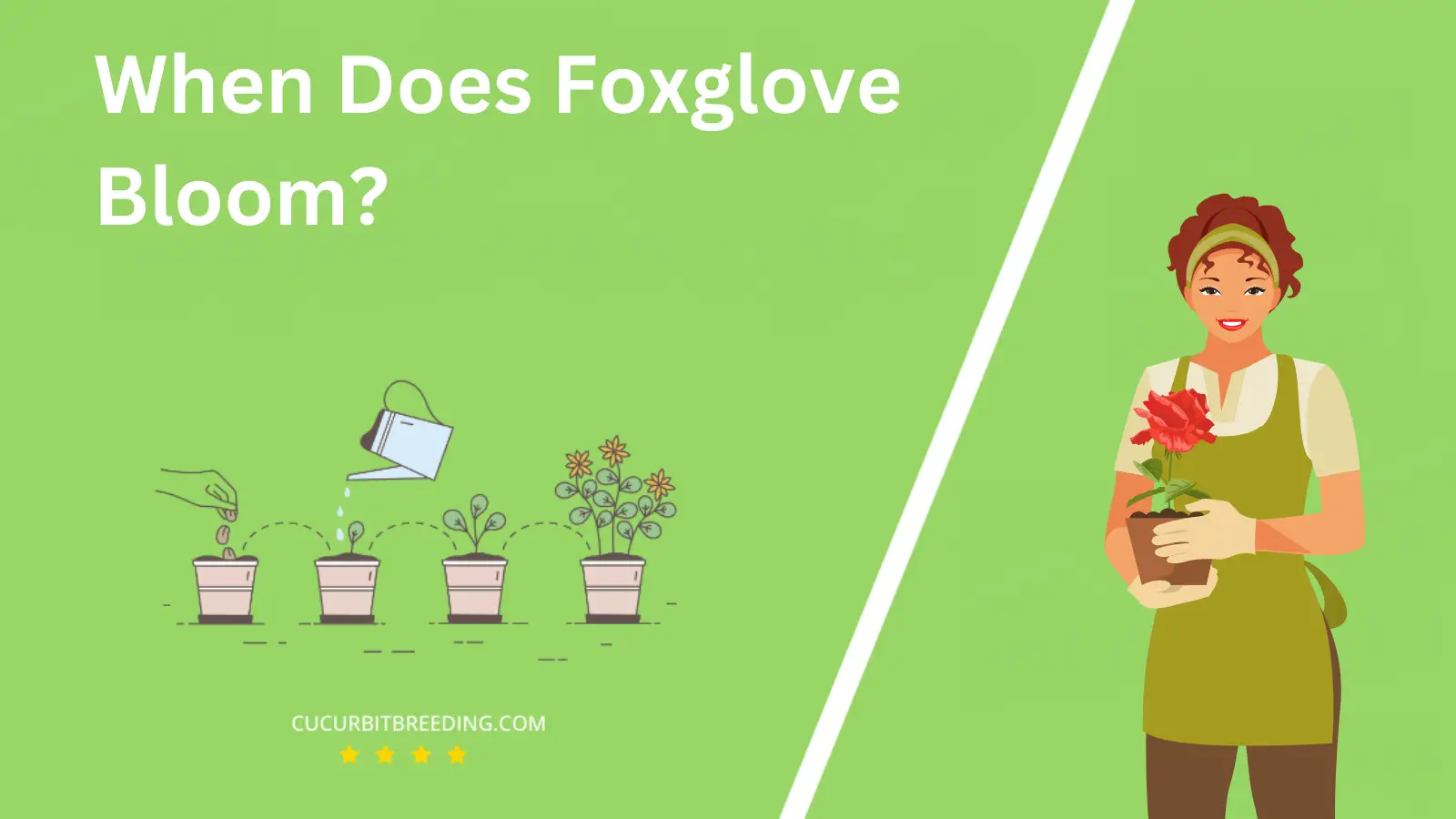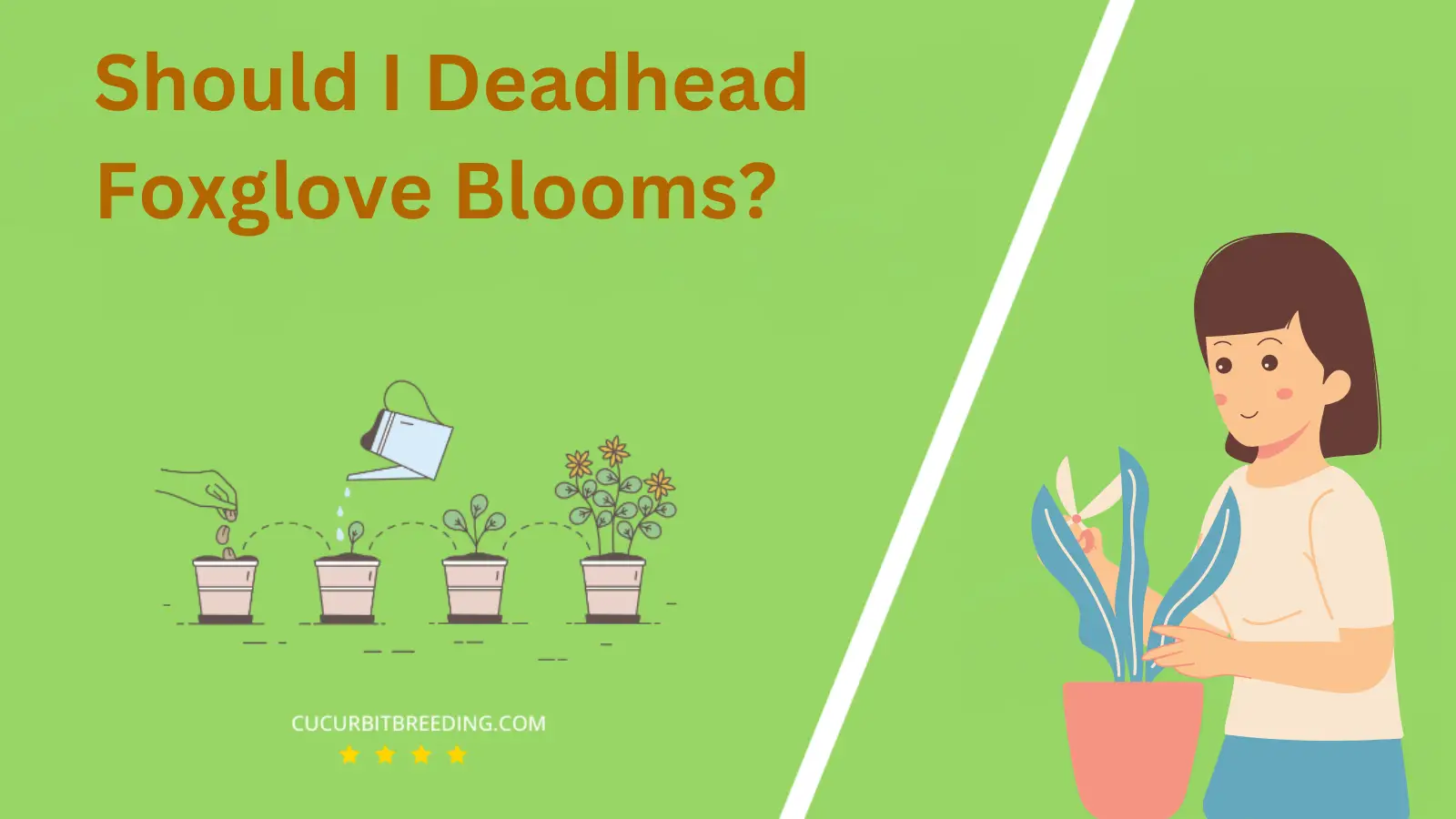
Are you curious about the seasonal rhythm of the garden? Specifically, when does Foxglove bloom? This enchanting flower, with its bell-shaped blossoms, is a sight to behold in any garden. As part of the plant’s unique life cycle, there’s a specific time frame when it bursts into bloom.
Join us as we dive into the world of gardening and unravel the mystery of this flower’s blooming period. It’s a journey that promises to be as captivating as the Foxglove itself.
When Does Foxglove Bloom?
Foxglove, scientifically known as Digitalis purpurea, typically blooms in the early summer, from June to September. However, the exact timing can vary depending on the climate, location, and specific variety of the plant. It’s important to note that foxgloves are biennial plants, which means they usually do not bloom until their second year of growth.
| Stage | Description |
|---|---|
| Germination | Spring (March, April, May) |
| Growth | Spring (March – June) |
| Blooming | Summer (June-August) |
| Dormancy | Winter (December-February) |
How Long Do Foxglove Bloom?
Foxglove plants typically bloom for about 2 to 3 weeks during the early summer months. However, the exact timing can vary based on the climate and conditions where they are grown.
How Light Affects Foxglove Blooms?
Light plays a significant role in the growth and blooming of foxglove flowers. Foxgloves, scientifically known as Digitalis purpurea, are woodland plants and thrive in partial shade. That said, they can adapt to various light conditions. In areas with cooler climates, foxgloves can tolerate full sun. However, in hotter climates, they will need more shade to protect them from the intense heat.
Proper lighting ensures the plant’s optimal photosynthesis process, which in turn supports the growth and blooming. Too much light, especially direct afternoon sunlight, can potentially scorch the leaves, causing wilting or browning. On the other hand, if the plant does not get enough light, it may not bloom at all. Hence, a balance of light is necessary for foxglove to bloom successfully.
Will Foxglove Bloom in the First Year You Plant It?
Typically, Foxgloves will not bloom in their first year of being planted. They are biennial plants, which means they generally spend their first year growing foliage and then bloom in their second year. After blooming, they usually die off, but can reseed themselves naturally.
Will Foxglove Bloom Every Year?
Foxgloves are biennial plants, which means they have a two-year lifecycle. In the first year, they grow and develop foliage, while in the second year, they bloom beautiful flowers. After blooming, they typically die. However, foxgloves are prolific seed-producers and often self-seed in gardens, giving the impression that the same plant is blooming year after year when in fact it’s a new plant from the seed.

Should I Deadhead Foxglove Blooms?
Yes, you should deadhead Foxglove blooms. Deadheading, or the removal of faded flowers, encourages the plant to produce more blooms. This also prevents Foxgloves from self-seeding excessively. However, if you want your Foxglove to spread in your garden, you might choose to leave some heads on the plant.
Top Reasons a Mature Foxglove May Stop Flowering

A mature Foxglove may stop flowering due to several reasons. The most common of these include inadequate sunlight, improper watering, poor soil conditions, and disease or pest infestation. Foxgloves require full or partial sun exposure to bloom. Therefore, if placed in a heavily shaded area, they may not flower. This can be resolved by relocating the plant to a sunnier spot.
Watering is another crucial factor. Foxgloves prefer well-drained soil and may fail to flower if overwatered or underwatered. Ensuring the soil is consistently moist, but not waterlogged, can help the plant to thrive. Similarly, foxgloves need rich, well-fertilized soil to bloom. Poor soil conditions can lead to nutrient deficiencies, inhibiting flowering.
Finally, disease or pest infestation can cause a mature Foxglove to stop flowering. Common pests include aphids, slugs, and snails, while diseases may include powdery mildew and crown rot. Regular inspection and appropriate treatment can help mitigate these issues.